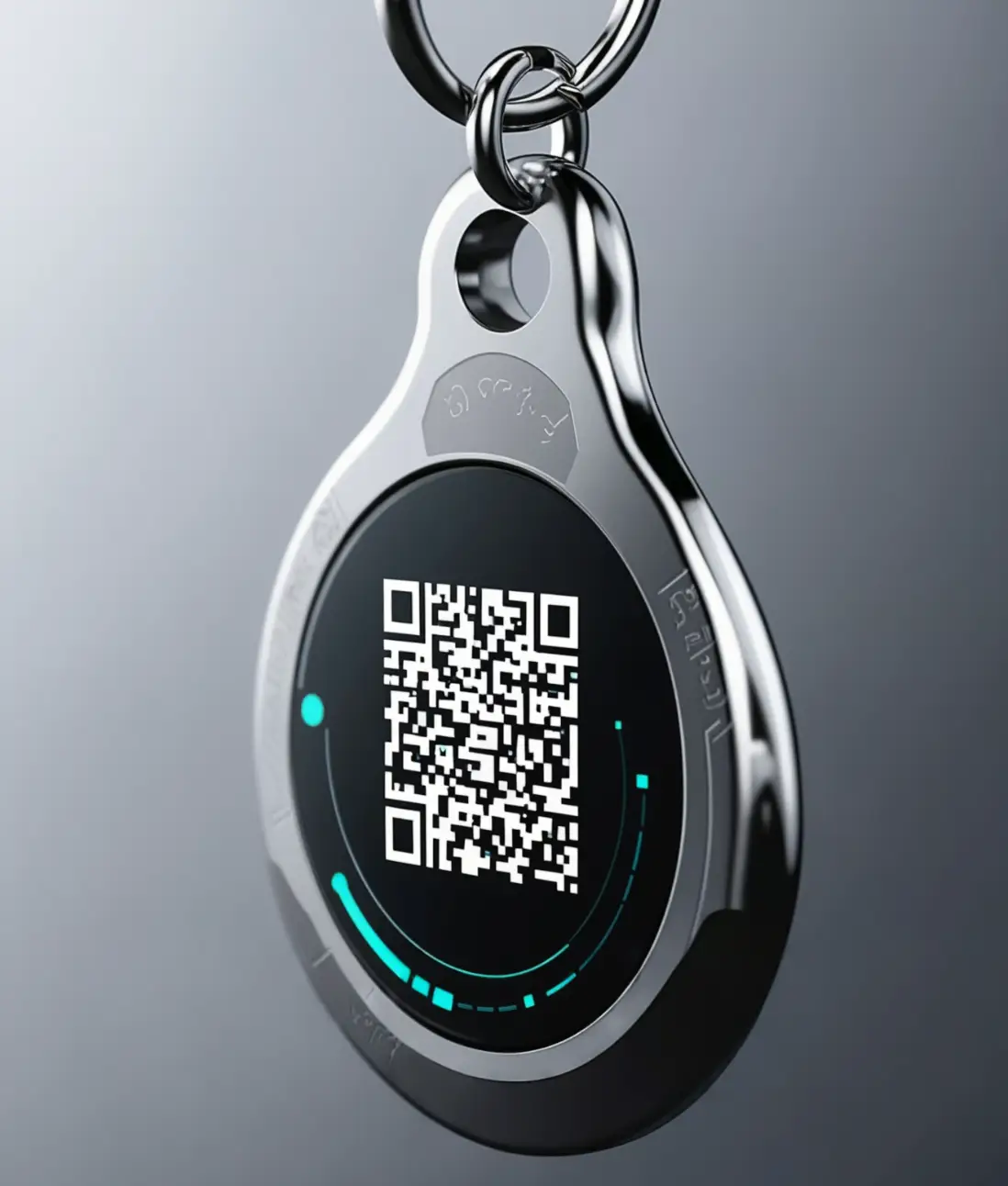Pet Tags for Ultimate Pet Security

Pet tags are one of the simplest, most effective ways to ensure your pet’s safety. Every pet owner knows the fear of losing their furry friend. A lost pet can be a heartbreaking experience, and without proper identification, the chances of a safe return decrease. But not all tags are created equal. Some offer more security than others, providing peace of mind for pet owners everywhere.
The Role of Pet Tags in Pet Security
Tags are essential for pet security. These small, often overlooked accessories hold crucial information that can help return a lost pet home. They typically include the pet’s name, owner’s contact information, and sometimes, even medical details. In the event that your pet goes missing, a pet tag offers a fast, simple solution for anyone who finds them.
The key to ultimate pet security is ensuring that the pet tag is durable, legible, and securely attached to your pet. A well-made tag can save your pet’s life, while a poorly designed one could lead to complications. It’s crucial to choose tags that will withstand wear and tear, ensuring they remain readable no matter the circumstances.
Types of Pet Tags for Maximum Security
- Engraved Metal Tags Engraved metal tags are a popular choice for many pet owners. Stainless steel, brass, and aluminum tags are common materials used in these tags. They are durable and resistant to weather, ensuring the information remains intact even in the rain. Laser engraving is the best method for engraving pet tags. It guarantees clear, long-lasting information, ensuring your pet can be identified even after prolonged exposure to the elements.
- QR Code Pet Tags In the digital age, QR code pet tags are gaining popularity. These tags contain a scannable QR code linked to an online profile of your pet. The profile can include detailed information like your contact details, the pet’s medical history, and special instructions. In the event of a lost pet, anyone with a smartphone can scan the QR code to access vital information. This technology adds an extra layer of security and allows for easy updates.
- Smart Pet Tags Smart pet tags are high-tech devices equipped with GPS tracking systems. These tags can be attached to your pet’s collar and synced with your phone. If your pet wanders off, you can track their exact location in real time. Some smart pet tags also have activity monitors, alerting you when your pet is too far from home or in an unsafe area. These high-tech tags offer unmatched security, especially for pets prone to running away.
- Reflective Pet Tags If your pet is out at night, visibility becomes a concern. Reflective pet tags help solve this issue. These tags feature reflective surfaces that catch light, making your pet visible in low-light conditions. They can help others spot your pet, even in the dark, ensuring they stay safe and visible at all times.
Why Durable Pet Tags Matter
The material of a pet tag is crucial for durability. The tag needs to endure daily activities, from playing in the yard to walking on busy streets. Choose tags made from sturdy materials like stainless steel, anodized aluminum, or solid brass. These metals resist rust, corrosion, and fading, ensuring your pet’s tag remains readable even in tough weather conditions.
It’s also essential to check the clasp or ring that holds the tag. If the ring is too weak, it could break, causing the tag to fall off. Investing in a strong clasp or ring ensures that your pet’s tag stays securely attached at all times.
Why Updating Your Pet’s Information is Crucial
It’s important to keep your pet’s information updated. Ensure the contact details on the tag are correct and current. If you’ve moved, changed your phone number, or have a new emergency contact, be sure to update the tag immediately. Regular updates ensure that anyone who finds your pet can contact you right away.
Additionally, consider adding medical information, such as allergies or special needs, to your pet’s tag. This can be invaluable in case of an emergency, helping a veterinarian provide quick and accurate care.
Additional Tips for Pet Security
- Collar Check: Regularly check your pet’s collar to ensure it is secure and in good condition. A collar that’s too tight or too loose can cause problems.
- Microchip Your Pet: While tags are essential, they aren’t foolproof. Microchipping your pet provides an extra layer of security. It’s a permanent form of identification that can’t be lost, ensuring your pet’s safety even if the tag falls off.
- Proper Identification: Besides the pet tag, consider adding a photo of your pet to your phone or wallet. In case your pet goes missing, you can show their picture to people in the neighborhood.
Conclusion
Pet tags are a simple yet vital part of pet security. They provide a fast, effective way to identify lost pets and reunite them with their owners. Whether you choose a traditional engraved metal tag, a modern QR code tag, or a high-tech smart pet tag, each option offers unique benefits. The key is to ensure the tag is durable, legible, and securely attached to your pet’s collar.
By investing in the right pet tag and keeping the information updated, you can ensure that your pet has the ultimate security, reducing the risk of losing them and increasing the chances of a safe return.
Sources:
- American Kennel Club: Pet Identification
- Petfinder: Choosing the Right Pet ID Tag
- The Humane Society: Pet Identification Tips
Similar articles
-
|by NFound | Lost and Found
Sponsorship for nonprofit





